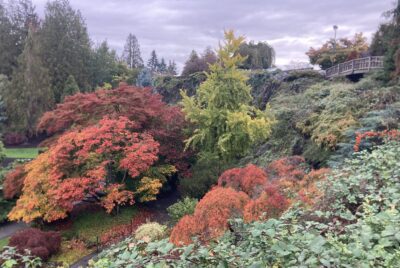RESEARCH
What Makes a Landscape Contemplative?
Summary
This study addresses the lack of a clear definition and operationalization for what makes a landscape contemplative, aiming to provide a scientifically-backed framework and tool for evaluating designed outdoor spaces like urban parks and gardens. The research is motivated by the increasing focus on evidence-based design in landscape architecture to demonstrate the social and environmental benefits of projects, particularly concerning mental health and well-being. The study views a contemplative space as one that combines aesthetic and environmental values with mental health benefits, filling a gap in the literature which often relies on subjective descriptions rather than rigorous scientific process. By operationalizing the concept, researchers can analyze contemplative landscapes more scientifically and explore their potential impacts on individuals, such as stimulating attention mechanisms.
The research employed a mixed methods design primarily focused on developing and validating a tool called the Contemplative Landscape Questionnaire (CLQ). This involved several steps: a literature review to identify potential characteristics, adaptation of the Visual Resources Management (VRM) model to create a Contemplative Landscape Model (CLM), and utilizing the Delphi method with a panel of experts to evaluate landscape photographs based on a developed checklist. Ten experts in landscape architecture evaluated 40 carefully selected landscape photographs using an online questionnaire based on eight categories of landscape characteristics (Landscape Layers, Landform, Vegetation, Light and Color, Compatibility, Archetypal Elements, Artistic Expression, and Character of Peace and Silence), a question on composition type, and a question on overall contemplativeness. A crucial aspect was gathering expert judgment, as interpreting technical design terms for the general public was deemed less feasible for this initial calibration.







